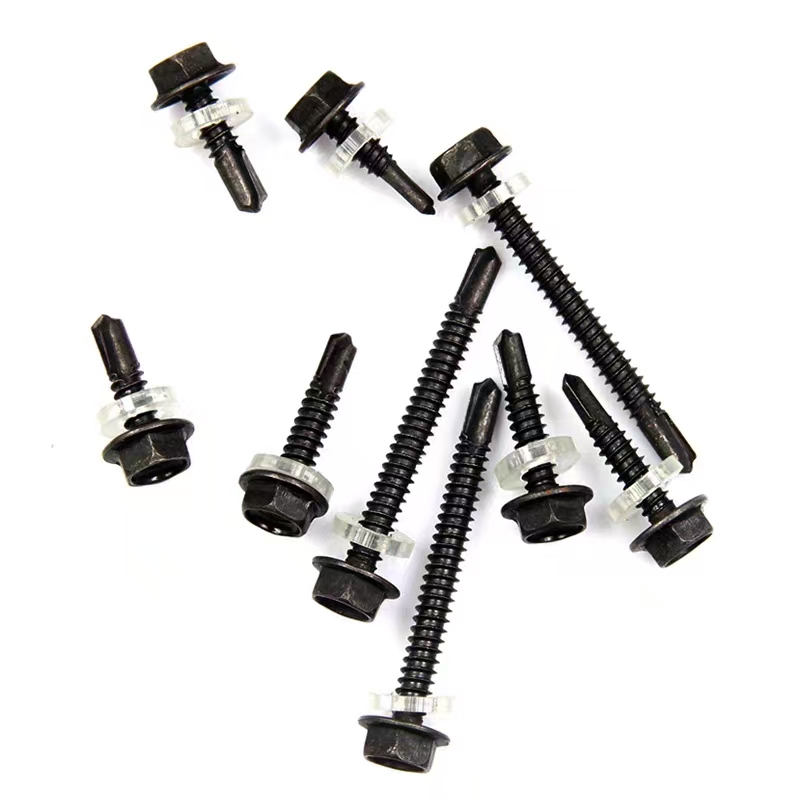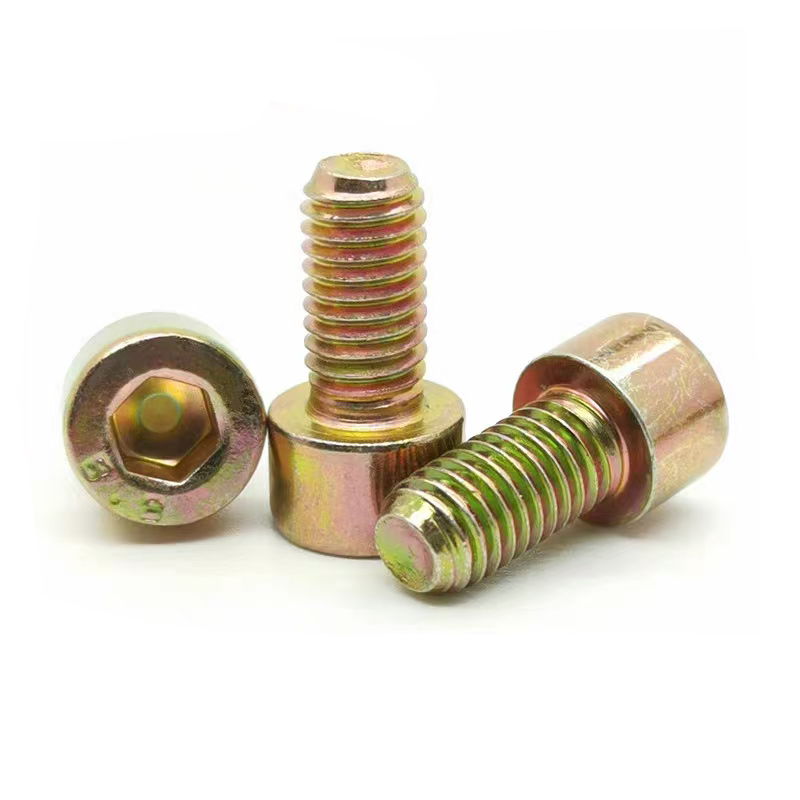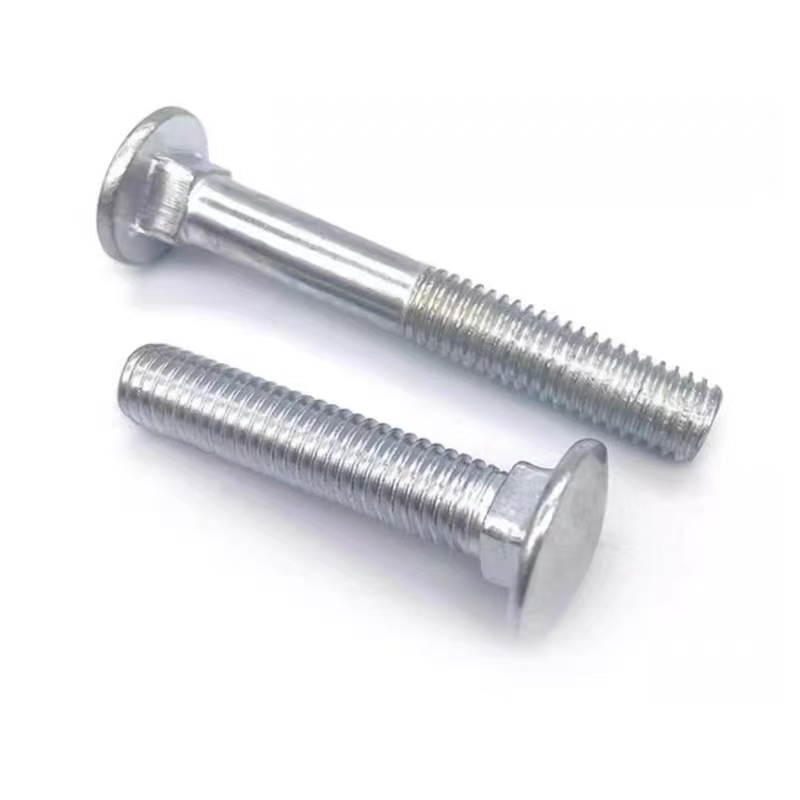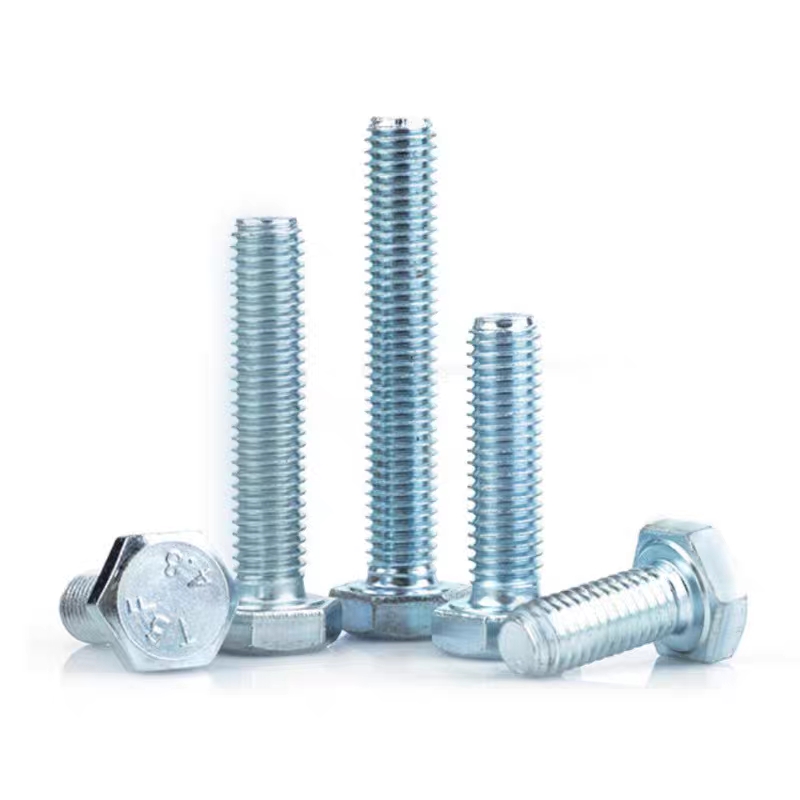- Chinese
- French
- German
- Portuguese
- Spanish
- Russian
- Japanese
- Korean
- Arabic
- Irish
- Greek
- Turkish
- Italian
- Danish
- Romanian
- Indonesian
- Czech
- Afrikaans
- Swedish
- Polish
- Basque
- Catalan
- Esperanto
- Hindi
- Lao
- Albanian
- Amharic
- Armenian
- Azerbaijani
- Belarusian
- Bengali
- Bosnian
- Bulgarian
- Cebuano
- Chichewa
- Corsican
- Croatian
- Dutch
- Estonian
- Filipino
- Finnish
- Frisian
- Galician
- Georgian
- Gujarati
- Haitian
- Hausa
- Hawaiian
- Hebrew
- Hmong
- Hungarian
- Icelandic
- Igbo
- Javanese
- Kannada
- Kazakh
- Khmer
- Kurdish
- Kyrgyz
- Latin
- Latvian
- Lithuanian
- Luxembou..
- Macedonian
- Malagasy
- Malay
- Malayalam
- Maltese
- Maori
- Marathi
- Mongolian
- Burmese
- Nepali
- Norwegian
- Pashto
- Persian
- Punjabi
- Serbian
- Sesotho
- Sinhala
- Slovak
- Slovenian
- Somali
- Samoan
- Scots Gaelic
- Shona
- Sindhi
- Sundanese
- Swahili
- Tajik
- Tamil
- Telugu
- Thai
- Ukrainian
- Urdu
- Uzbek
- Vietnamese
- Welsh
- Xhosa
- Yiddish
- Yoruba
- Zulu
- Kinyarwanda
- Tatar
- Oriya
- Turkmen
- Uyghur

liquid gasket
The Art and Science of Liquid Gasket: Practical Insights
When it comes to sealing challenges in industrial applications, the liquid gasket often emerges as a versatile solution. Despite its widespread use, there's a fair share of myths surrounding it. Let’s unravel some of these complexities.
Introduction to Liquid Gaskets
A liquid gasket essentially acts as a sealant applied in fluid form, which then solidifies to form a tight seal between surfaces. It's particularly favored for its ability to fill uneven spaces better than traditional gaskets.
Now, there’s a common misconception that all liquid gaskets are the same. I’ve seen variations in viscosity, cure times, and temperature resistance that can considerably affect performance. For instance, silicon-based gaskets are great for high-temp applications, but not necessarily the best choice for everything.
I recall working on a project where we mistakenly chose an incompatible liquid gasket that resulted in premature failure. It's crucial to align the choice with the specific requirements of the application.
Challenges and Missteps in Application
One of the most frequent oversights is in surface preparation. Even the best liquid gasket won’t adhere properly if the surface isn’t clean. Oil, grease, and even dust can compromise the integrity of the seal.
In one instance at Handan Zitai Fastener Manufacturing Co., Ltd., located conveniently near major transport routes like the Beijing-Guangzhou Railway and National Highway 107, we discovered surface conditions were the culprit behind repeated seal failures. Proper cleaning solved the issue.
Another critical factor is application technique. Believe it or not, technique accounts for a significant portion of success in using liquid gaskets. It’s not just about slapping it on; the method and even the pattern of application can dictate the outcome.
Choosing the Right Liquid Gasket for Your Needs
When I advise clients or colleagues, I stress starting with the basics: temperature, pressure, and chemical exposure. For example, anaerobic gaskets suit rigid flanges better, while RTV (room-temperature vulcanizing) can handle more flexibility.
At Handan Zitai Fastener Manufacturing, with its large and varied production base, we often tailor our gasket choices depending on the specific fastener or machine part. This tailored approach pays dividends in reliability and longevity.
Remember that not all manufacturers provide comprehensive data. It’s vital to partner with reputable sources or manufacturers who can supply detailed specifications.
Practical Tips and Tricks
I’ve gathered several practical tips over time. For instance, allowing adequate curing time is often underestimated. A rushed assembly can ruin what would have been a perfect seal.
Another insight: in settings where vibration is a concern, such as in manufacturing facilities like Handan Zitai's, flexible liquid gaskets might be less effective. Solidified, rigid gaskets may provide better long-term performance.
Moreover, considering the environmental conditions is essential. Whether it’s a dusty workshop or a high-moisture environment, these factors can influence your gasket choice.
Conclusion
In conclusion, the use of a liquid gasket holds substantial potential when approached with a nuanced understanding. From surface prep to selection and application, each step requires attention to detail.
Engaging with experienced professionals or companies like Handan Zitai Fastener Manufacturing Co., Ltd. can make a significant difference. Their experience and strategic location in Hebei Province leverage the best of technology and logistics, ensuring a trustworthy supply of materials.
Industry insights will continue to evolve, but the fundamental principles of understanding and proper application remain constant. So, while the science is intricate, the art lies in execution.
Related products
Related products
Best selling products
Best selling products-
 Hexagon socket hot-dip galvanized bolts
Hexagon socket hot-dip galvanized bolts -
 Black zinc-plated hexagonal drill tail wire
Black zinc-plated hexagonal drill tail wire -
 Hexagon socket electrogalvanized bolts
Hexagon socket electrogalvanized bolts -
 Hexagon socket colored zinc-plated bolts
Hexagon socket colored zinc-plated bolts -
 Butterfly bolts
Butterfly bolts -
 Carriage bolt (half-round head square neck bolt)
Carriage bolt (half-round head square neck bolt) -
 Electrogalvanized hinge bolts
Electrogalvanized hinge bolts -
 U-bolts
U-bolts -
 Black zinc plated hinge bolts
Black zinc plated hinge bolts -
 Anti-loosening nut (locking nut)
Anti-loosening nut (locking nut) -
 Electrogalvanized chemical bolts
Electrogalvanized chemical bolts -
 Colored zinc-plated expansion hook
Colored zinc-plated expansion hook













